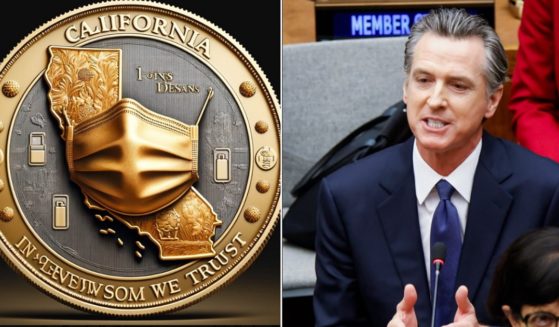Bidenomics: Americans Falling Behind on Auto Payments at Record Rate, Mass Repossessions Looming
A new snapshot of the struggles of American consumers to keep up with their bills comes from data showing a rise in vehicle owners having trouble making their payments on time.
The rate of subprime interest rate borrowers who are behind 60 days or more on their payments hit 6.11 percent in September, according to Bloomberg.
That’s the highest share who can’t make ends meet since 1994, and up from the 5.93 percent rate at the start of this year.
“The subprime borrower is getting squeezed. They can often be a first line of where we start to see the negative effects of macroeconomic headwinds,” Margaret Rowe, senior director at Fitch, said.
“Consumers starting to buckle for first time in a decade, former Walmart U.S. CEO Bill Simon warns”
Record credit card debt & car loan amounts and duration- inflation…. Bidenomics at workhttps://t.co/4omFZTdKYD
— DC (@bioadultmale) October 12, 2023
Borrowers are considered subprime if they have mediocre credit scores and might be a risk to pay on time.
For buyers with good credit ratings, interest on a car loan averages at about 5.07 percent for a new car and 7.09 percent for a used one, according to Bankrate. The worst ratings pay averages of about 14.18 percent for new vehicles and 21.38 percent for used ones. Subprime borrowers are in between those extremes.
If consumers get too far behind, they lose their vehicle.
Cox Automotive estimates that 1.5 million vehicles will be repossessed this year, according to Insider. That represents a 300,000 increase from 2022.
Insider noted that repossession can often start a chain of events that leads to the loss of a job because in many communities, transportation is essential to get to work.
WHAT DID WE LEARN TODAY?
Bidenomics is working so well that we have the HIGHEST CREDIT CARD DEBT ever and Car loan delinquancy rate is skyrocketing!— Arms Johnston (@JohnstonAr41492) September 15, 2023
A report on CNN said the trend line looks as though the problem will get worse.
It noted that the current estimate from Moody’s is that the rate of vehicle loan delinquencies will hit 10 percent in 2024.
CNN noted that car loans are not the only area where consumers are behind.
Good point.
1.03 trillion in credit card debt which is the most since 1999 when they started keeping track.
Also, the percentage of car loan defaults and small business bankruptcies have also been rising.
Bidenomics at work.
— Keith Patterson (@KPattersonNJ) October 16, 2023
The rate of new credit card delinquencies hit 7.2 percent in the second quarter, which was up from 6.5 percent the quarter before.
That means the rate is now above where it was before the pandemic hit.
Bloomberg noted that in the second quarter, credit card debt topped $1 trillion.
Truth and Accuracy
We are committed to truth and accuracy in all of our journalism. Read our editorial standards.












